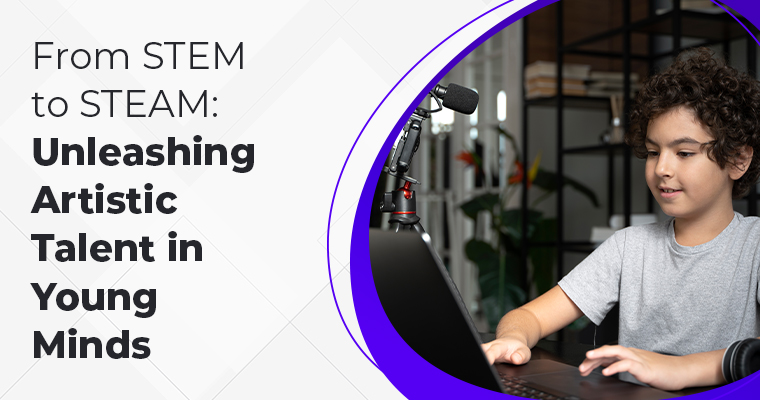
As technology fuels the fire for change, education is undergoing a rapid evolution. Digital learning games turn the traditional classroom into an interactive and optimum environment for learning, especially in Ludhiana schools. Technology in education is redefining the way in which students absorb and apply knowledge, from smart classrooms to AI-powered learning platforms.
The days when learning used to be enclosed between two covers and within blackboards are over. Digital resources are being integrated into learning to make it more interactive and dynamic. As popular tools that are enhancing students’ online learning experience, these e-learning tools for students provide them access to a plethora of information beyond the traditional curriculum introducing self-paced and practicing learning.
Some of the important benefits of EdTech in education is about how it helps in having a different learning style. Animations help visual learners understand the concepts, recorded lectures benefit auditory learners, and virtual labs and simulations engage kinesthetic learners. This adaptability allows every student to keep pace.
Smart classrooms in Ludhiana are changing the way teachers conduct lectures in Ludhiana. With interactive whiteboards, projectors, and AI-powered educational software, these classrooms turn traditional lectures into dynamic discussions. These include real-time quizzes, gamified learning experiences and even virtual field mounts to make subjects more relatable and fun.
History lessons can virtually erupt into life, as students interact with 3D models of ancient civilizations, while riskier science experiments can be conducted virtually, creating a bridge between concepts to make them less abstract. Not only does this practical approach better one’s understanding, but it also helps spark curiosity in students.
As schools and families have scrambled for online education, the power of digital infrastructure in schools has never been more evident. Educational platforms conducting video lessons, live sessions for solving doubts and providing AI-based performance tracking are acting as a bridge between students and educators. These tools also help maintain the learning process during external events such as pandemics or weather-related school closures. All it takes is a few clicks, and students can get their hands on their syllabus, practice tests, and expert guidance – all from the comfort of their homes.
Technology in education is also a narrative other than academics. Problem-solving, collaboration, diversity, and adaptability are some of the skills that are supported through digital learning in Ludhiana schools. The focus shifts away from rote memorization, and project-based learning and virtual simulations prompt students to apply what they know in real-world contexts. Moreover, EdTech is enabling teachers through data driven insights. Teachers can observe students’ learning evolution, promote their educational weaknesses, and adjust their teaching methods. Such a personalized approach allows the students to gain confidence and academic success at their own pace.
The future of digital education looks bright with continued technological advancements. Apart from these immersive technologies, augmented learning platforms will soon create an individualized learning experience with the help of artificial intelligence. By adopting these technologies, they are preparing their students for the workforce of the future. But innovation is coupled with responsibility. Schools and parents need to take a well-rounded approach, monitoring screen time and teaching digital literacy in addition to traditional subjects. It’s important to use technology to complement the traditional ways and not replace these ways.
Gitanjali International School, one of the best smart schools in Ludhiana, is such an institution that is at the forefront of technology integration in education. They are fostering a new ecosystem where students become partners in their learning processes by implementing intelligent learning solutions that place them at the center. Moving forward, it’s evident that digital tools are more than just an addition but a need in a modern classroom. In turn, this harmonious fusion of technology and tradition not only enhances learning experiences but also guides students in becoming balanced individuals destined to thrive in an ever-evolving world.



For more information, please contact us. Our friendly staff will be happy to assist you. We look forward to welcoming your child to Gitanjali International School.
Gitanjali International School is among the list of best schools in Ludhiana. We are committed to providing quality education. Our world-class infrastructure and expert faculty ensure your child’s success. Join GIS, one of the leading CBSE affiliated schools in Ludhiana, and give your child the best education.
GIS stands tall in the list of schools in Ludhiana. We are proud to be recognized as Ludhiana’s best school. Choose GIS for a bright and successful future for your child. Visit us today and experience the difference.